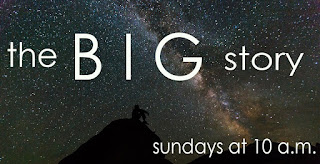Fruitful Churches: Focus on Their Mission

"It was the best of times, it was the worst of times. . ." That's how Dickens' A Tale of Two Cities begins. For most churches in today's America, it's just the worst of times! There's no "best" to it! That's because they're stable to declining. These churches cast about for methods and programs that will renew them, only to come up empty. They're like patients in cardiac arrest in emergency rooms. They're trying everything they can, including drugs, electric shock, oxygen, CPR, and more to revive the patient. But nothing is working! A book I discovered recently offers a good approach. It suggests that churches focus on fruitfulness. Robert Schnase, a United Methodist pastor and bishop has written the book Five Practices of Fruitful Churches . Schnase suggests churches focus on the concept of fruitfulness. Fruitfulness is a great biblical image. Numerous passage speak of the importance of bearin...




























